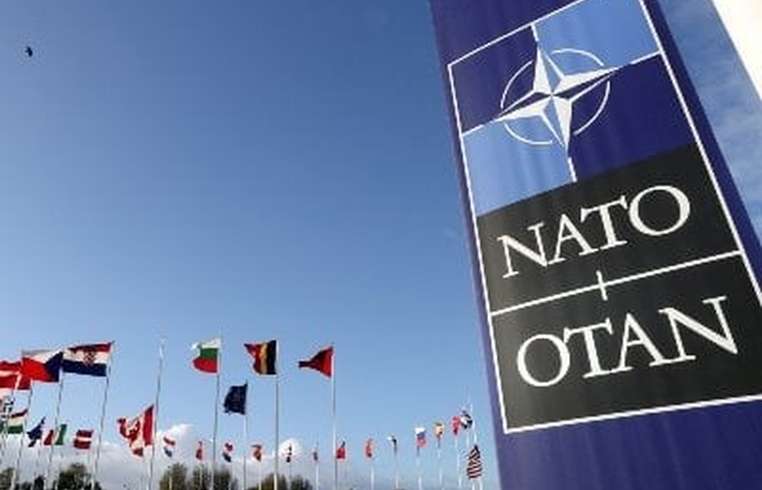
News - Matcha vs. Other Powdered Teas: A Complete Guide
Business Strategy
Matcha vs. Other Powdered Teas: A Complete Guide

Matcha is a powdered green tea that easily dissolves in water, creating a uniform green beverage with a delicate frothy layer. Traditionally, it is used in the Japanese tea ceremony, developed in the 16th century under the influence of Zen Buddhism. Origins of Matcha During China’s Song dynasty, powdered tea was popular among aristocrats and Buddhist monks. Monasteries cultivated and consumed tea to stay alert during long meditation sessions. Japanese monks traveling to China in the Kamakura period (1185–1333) brought the tea culture back home. Eisai (栄西), founder of the Rinzai school of Buddhism, introduced tea seeds to Japan, spreading its use across society. This led to the saying: "Tea and Zen share the same taste." Production Process Matcha is produced from tencha leaves, a type of green tea. Before harvest, the tea is shaded for several weeks. After steaming, the leaves are dried flat (aracha), stems and veins are removed (clean tencha), and the leaves are stone-ground into a fine powder of 5–10 microns. Step-by-Step Production: Shade tea bushes for up to 20 days. Harvest and steam the leaves. Dry the leaves. Remove stems and veins. Grind leaves into fine powder using stone mills. Matcha vs. Other Powdered Teas Not all powdered teas are matcha. According to Japan’s Central Tea Industry Association, only tea made from tencha leaves using traditional Japanese methods qualifies as matcha. Other powdered teas, called fumatucha (粉末茶), include varieties like genmaicha, Chinese powdered teas, or even non-tea powders such as hibiscus (karakade) or butterfly pea. Fumatucha can be green, red, or blue depending on the source plant. Authentic matcha should be bright green, fragrant, smooth, and form a frothy layer when whisked in water. It has minimal bitterness and a rich umami taste. Types of Matcha Ceremonial Matcha Produced from spring or early summer harvests, ceremonial matcha has a floral aroma and strong umami flavor. It is consumed on its own and used in tea ceremonies. Culinary Matcha Harvested in summer or autumn, culinary matcha has a less vibrant green color and stronger bitterness. It is used for cooking, baking, and beverages. How to Prepare Ceremonial Matcha Usucha (Thin Tea) The most common form served during tea ceremonies. It has a medium consistency with froth, made in individual cups. Use 2 g of matcha per 80 ml of water at 70–80 °C, whisking with a bamboo whisk in W or Z motions. Koicha (Thick Tea) A rarer form, served only in Japanese tea ceremonies. It is thick like syrup, served in a single bowl for all guests to share. Use 4 g of matcha per 50–60 ml of water at 90 °C, whisking in circular motions until smooth. Interesting Facts Each matcha cultivar has unique characteristics that affect flavor, aroma, and color. The distinction between ceremonial and culinary matcha ensures optimal flavor for tea or cooking. Properly whisked matcha creates a smooth, frothy texture with a rich umami profile.






